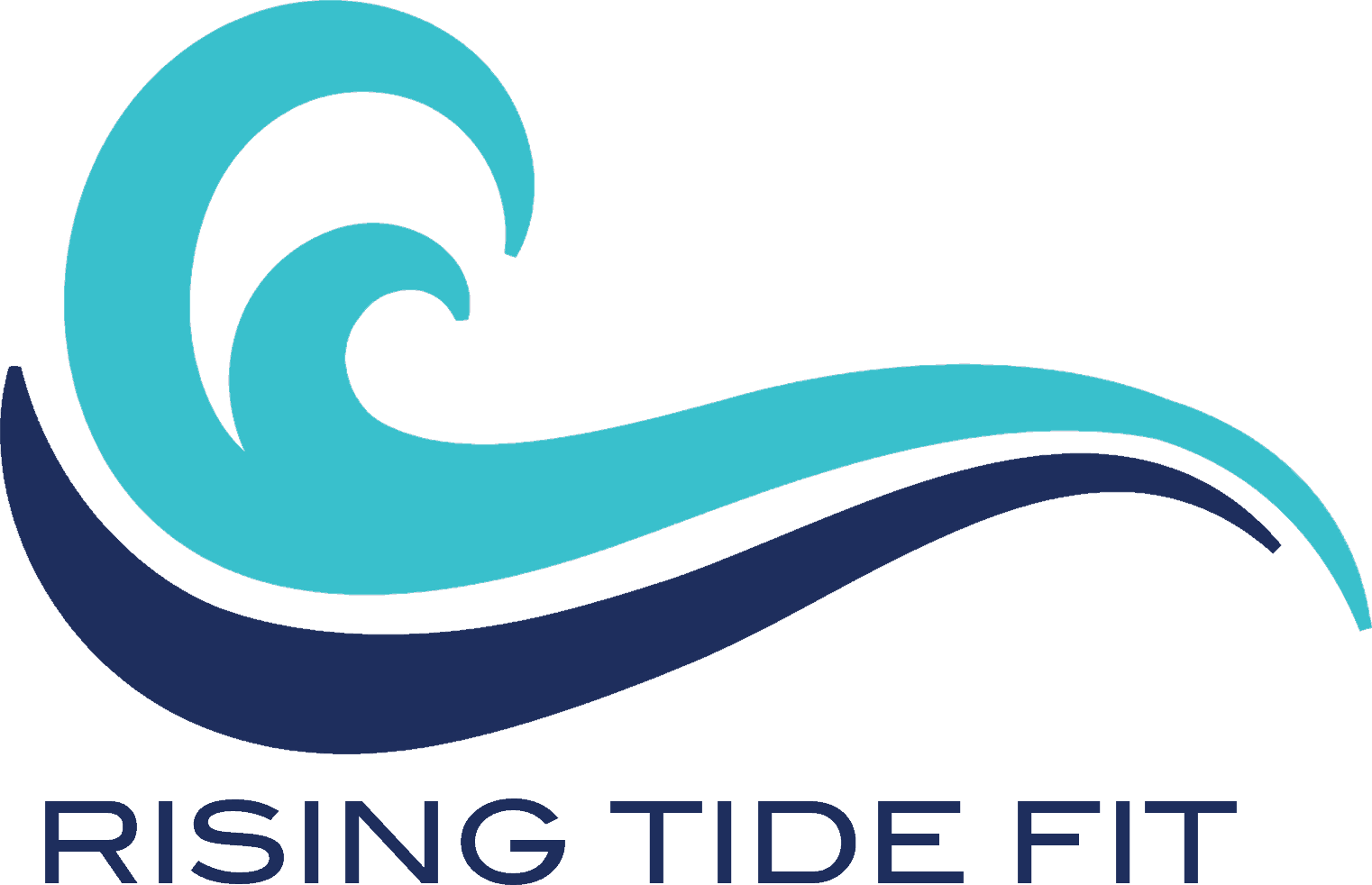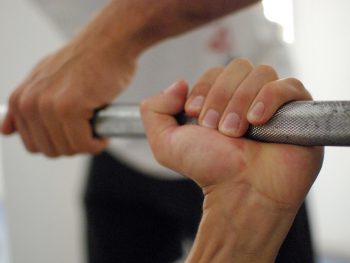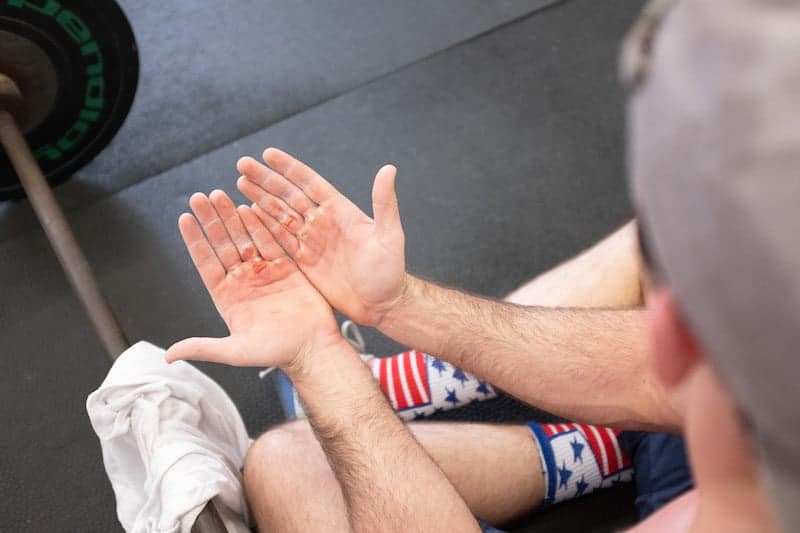
We talk a lot about “active recovery” – but what does that mean?
Here’s a scenario for you:
It’s Thursday and you are sore.
On Monday, you came into the gym and performed 75 burpees in a workout. Then Tuesday came and brought with it box jumps and pull-ups.
To top it all off, Wednesday involved deadlifts and ring dips. You roll out of bed and think, “I’m not going to the gym today. I am way too sore!”
But what if I told you that the best thing for you that day was to move? It’s a common misconception that the best thing to do on a rest day is to, well, rest.
Go to the gym. Go enjoy a walk or bike ride around the park. Whatever you do, I just want you to MOVE.
Believe it or not, what your body actually needs is movement. I’m not talking about Fran or 400-meter repeats here, but steady movement at a conversational pace.
Think walking your dog, going to the gym for a light rowing session, or even spending 20 minutes with a foam roller.
It’s been proven that the increased blood flow from moving is going to help your body recover faster. This will set you up to come back into the gym feeling better and hitting those PRs faster!
In his article “Passive Vs. Active Recovery: Which Is More Effective?”, Jonathan Ross states:
”Our bodies are like large skin bags full of water. When we compress a part of the body [through movement or massage], we squeeze out ‘old’ fluid that carries the waste products of muscle breakdown. When we release that pressure, fresh blood comes in to deliver the nutrients and warmth to help with repair and rebuilding.”
One of my favorite resources for this is the Performance Care Segment (PCS) released each Tuesday by Active Life Rx. I try to incorporate this free content into my weekly routine.
Another great example is treating yourself with a massage! If the funds are tight for the month, a lacrosse ball can generate the same effects.
Whatever you do, next time you’re feeling a little sore from the previous day’s workout, don’t sit still – make movement the goal.
Photo by Viktor Kern on Unsplash













